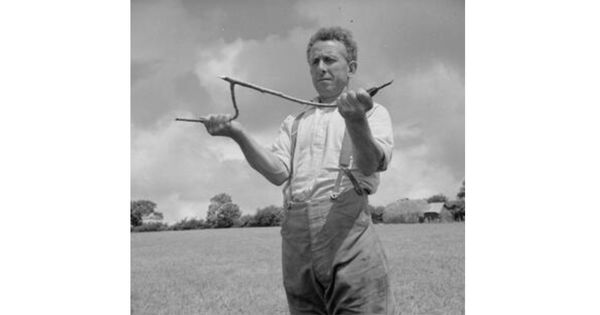As we age, it’s not uncommon to feel like strangers in a world that has changed rapidly. It’s not just the big changes that catch us off guard, but even the small ones that accumulate over time. Growing up, my grandmother used to talk about her old habits and show us trinkets from her youth that were unfamiliar to us.

I often wonder if I’ll experience the same sense of nostalgia if I’m lucky enough to live as long as she did. Perhaps that’s why articles that explore the mysteries of the past are so popular online. You know the ones I’m talking about – those pictures people post, hoping to unravel the identity and purpose of some long-forgotten object.
Recently, a new mystery tool has been making waves on the internet. And let me tell you, it’s been quite the enigma to crack. When I first saw a photo of it, I was utterly clueless. But thankfully, there were people out there who knew exactly what it was.
Behold, the Water Dowsing tool! Take a look at the image below:

At first glance, it looks like an ordinary tree branch, slightly V-shaped and unassuming. But this seemingly ordinary tool has a fascinating history that dates back to the 1500s and a practice known as “Water Dowsing.”
Water dowsers, also known as “diviners,” “doodlebugs,” “well witches,” or “water-finders,” had one crucial task: to locate water sources! Using the dowsing tool, an individual would hold both branches in each hand, with their palms facing upwards. The bottom part of the V-shaped rod was tilted towards the Earth at a 45-degree angle.
The water dowser would then walk back and forth, searching for vibrations at the bottom of the V-shaped rod that could indicate the presence of water hidden beneath the Earth. While dowsing with metal rods was initially used to find valuable metals in the ground during the 1500s, it later became popular among rural homeowners as a way to find water sources.
Curious to learn more about Water Dowsing? Check out this video:



